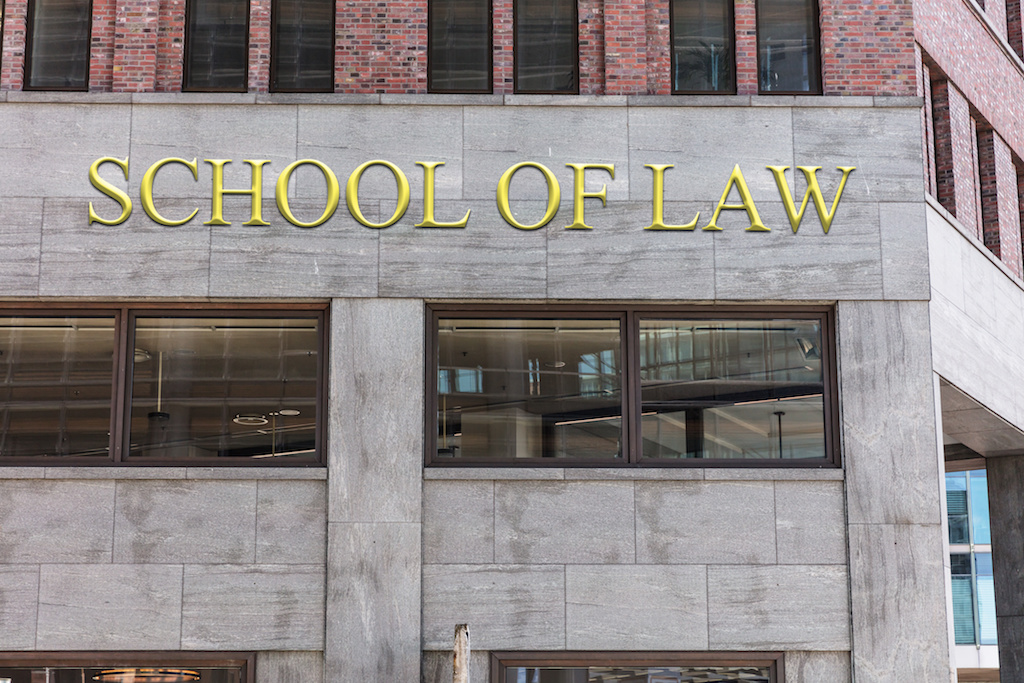In a recent Chronicle of Higher Education Review, University of Tennessee law professor Benjamin Barton authored an article, The Law School Crash, subtitled “What’s worse than a decade of financial turmoil? Not learning from it.” Barton’s news isn’t new. In fact, he mentions Brian Tamanaha’s 2012 book, Failing Law Schools, as an early critique of the disparity between the cost of law school and career and salary outcomes. I remember reading it on a flight and the adjacent passenger asked about the book. I explained that Tamanaha was an assistant dean at the Washington University School of Law and he noted that the average debt for a law school graduate was $125,000, but less than half of current graduates subsequently earned salaries high enough to repay it. The passenger replied that he and his wife were both law school graduates and, notably, each held approximately $125,000 in loans. They had both taken jobs with long hours to earn enough to repay their loans and rarely had sufficient time with each other due to their schedules. He added that they were resolved to repay their debt before considering buying a house or starting a family.
Barton cites the American Bar Association (ABA) and other sources that show the peak of law school first-year enrollments at 52,488 in 2010-11, declining to a low of 37,071 in 2015-16 with a minimal increase to 38,283 in the most recent 2019-20 fall semester. He notes that the shrinkage in applicants has increased competition and resulted in more discounts being offered to attract students. In 1999-2000, approximately 58% percent of law students paid full price and, in 2018-2019, only 29% paid full price. In 2010-11, the top 15 law schools were the most generous, offering discounts to 53% of their students and standalone law schools did so to 47% percent of students. By 2017-18, the roles reversed, with the top 15 law schools offering discounts to 62% of students and standalone schools doing so to 71%.
Many law schools have suffered over the last decade, losing an estimated $1.5 billion in annual revenue. Barton maintains that the survivors are reverting to what initially precipitated the crisis. To survive, they made deep cuts to faculty, lowered admissions standards, and raised prices. He offers three suggestions for improvement, noting that law schools should:
- Lower price and debt levels, i.e. a 2018 Gallup poll which found that only 23% of law school graduates thought their education was worth the cost,
- Find smart ways to teach technology, i.e. Richard and Daniel Susskind’s book, The Future of the Professions, which predicts that employment for most small firm and solo practitioners will disappear due to improvements in technology, and
- Embrace new programs but not sell expensive and dubious degrees.
Barton is skeptical that any change will occur because law school faculties are not interested in making their jobs harder. I recall that Tamanaha recommended in his book that law schools eliminate the third year of law school as one that is unnecessary and filled with “fluff” courses, and that the ABA standard of tenured law professors only teaching one course per semester be increased to reduce costs. Neither of those recommendations have been implemented so Barton’s skepticism seems well-placed. If you find his article interesting, he has also written Fixing Law Schools: From Collapse to Trump Bump and Beyond that provides much more data supporting his analysis and recommendations.











